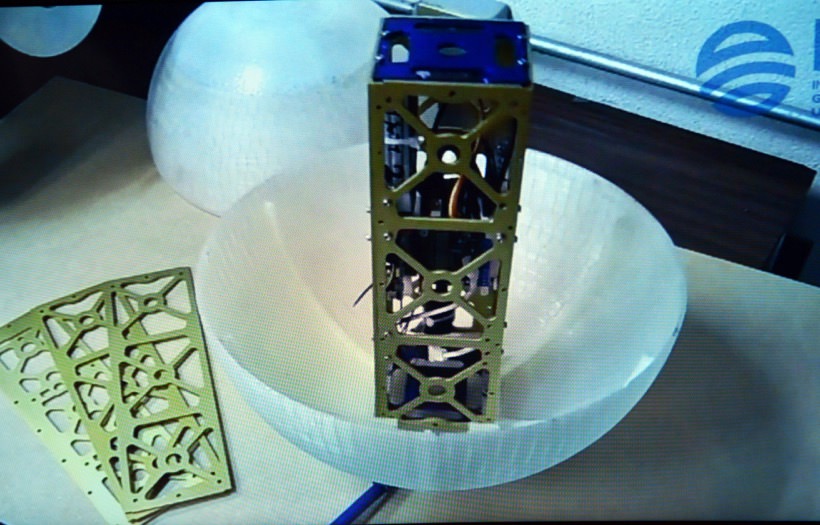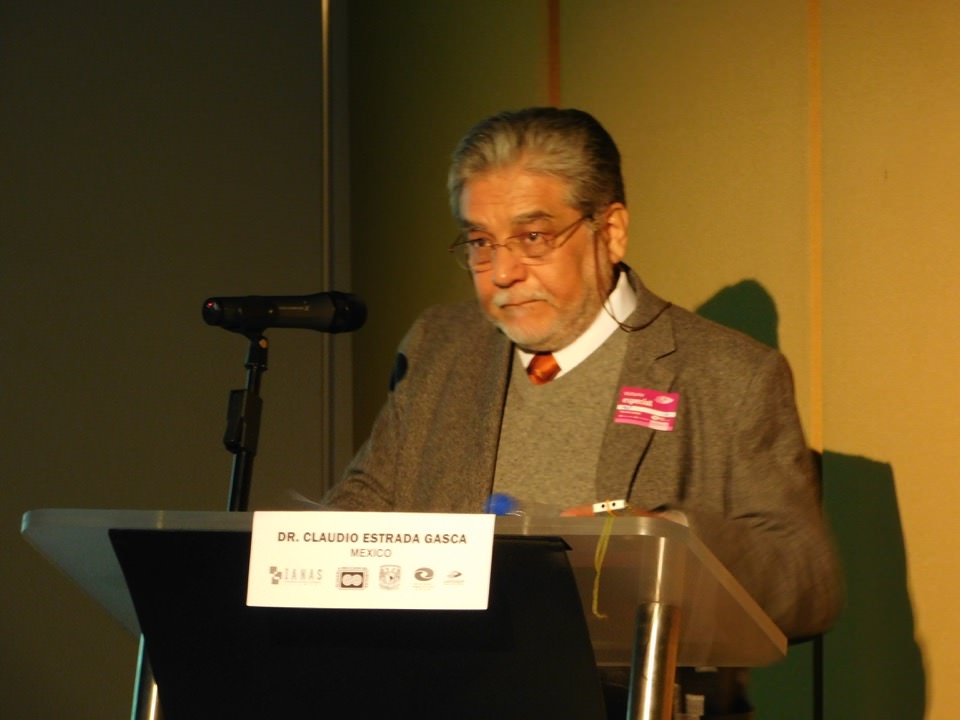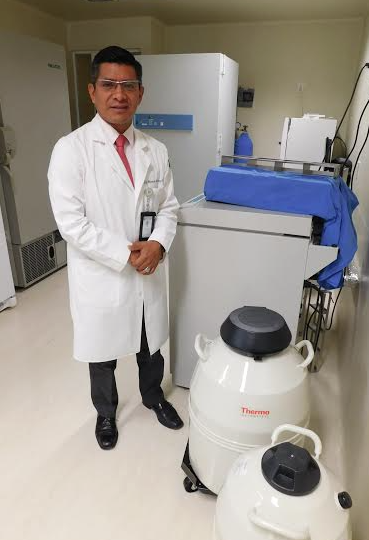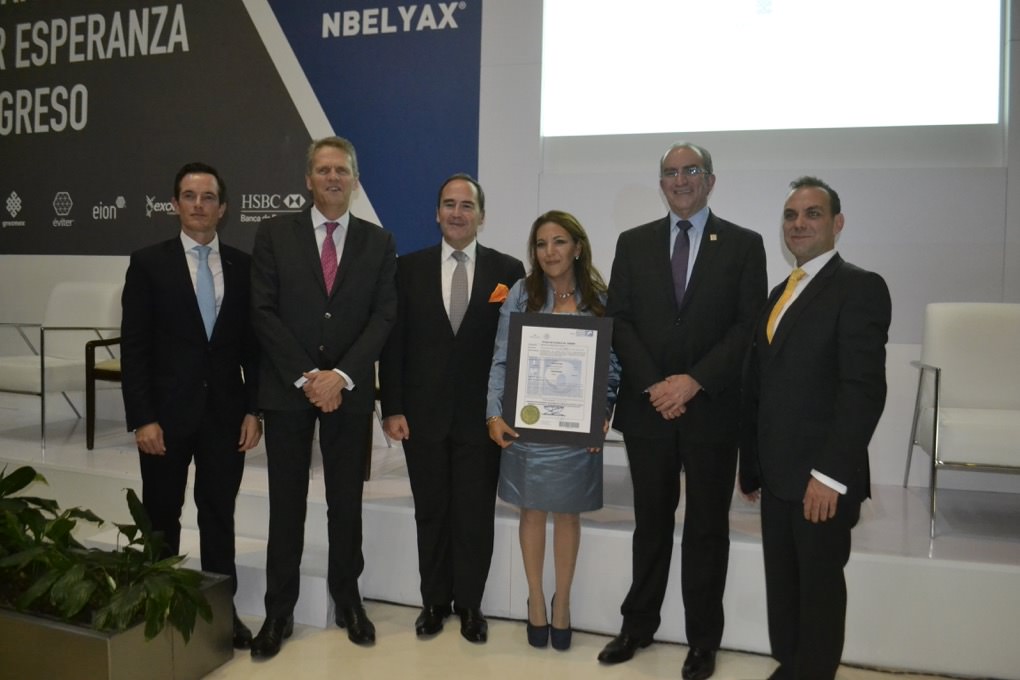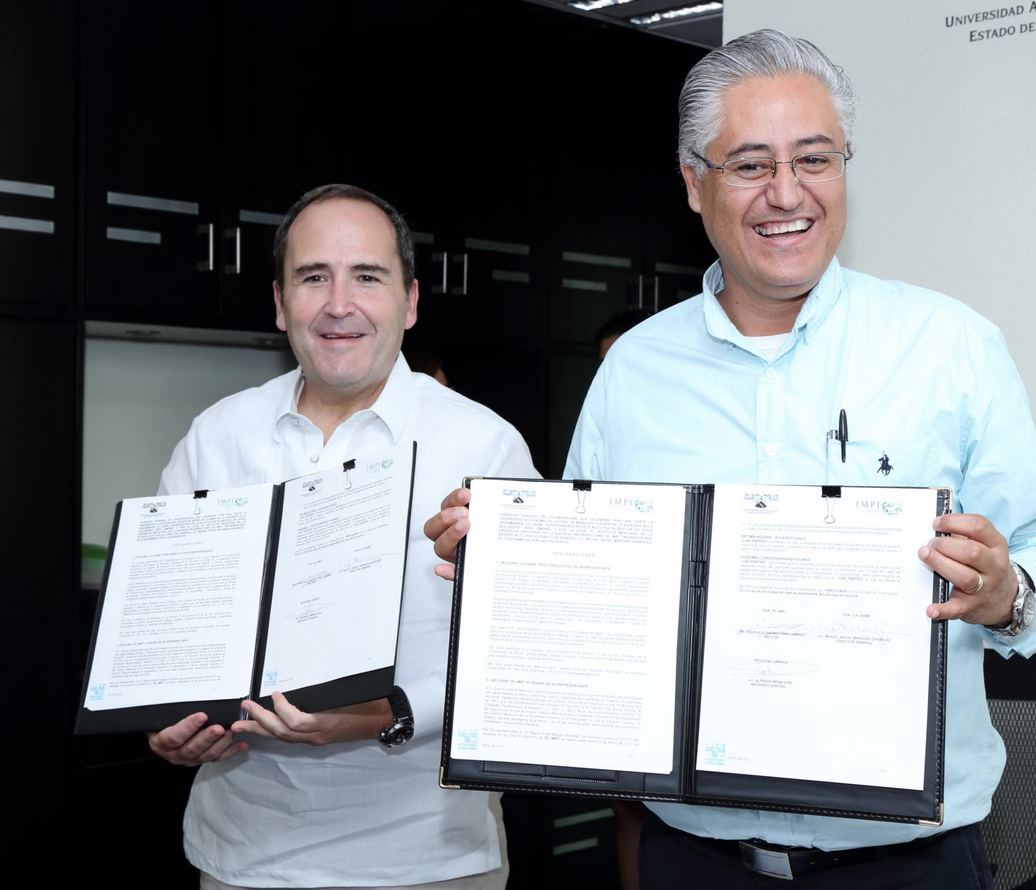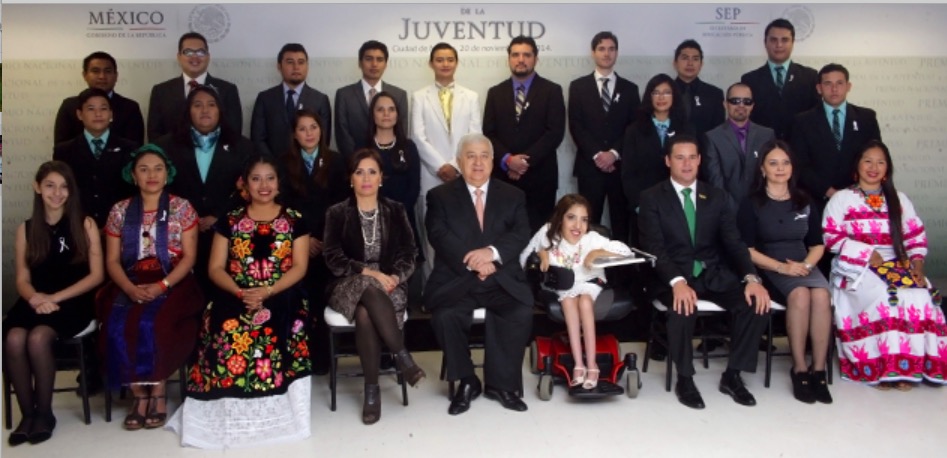Fuente: JUAN FRANCISCO AVENDAÑO, Colaborador de B&R Latin America IP LLC, www.brlatina.com, [email protected], Bogotá, Colombia
An outrageous context.
The year 2016 came along in a surprising way, in this sense, the new order of the world has brought several surprising political uprisings, belligerence whereas it was already expected and the most important private company in the world struggles for legality in most of the countries where it operates; mainly it was a year of paradigms. In accordance to the information provided by the International Monetary Fund (herein IMF) it is not the best situation for America’s economy. In such a context, the objective of this essay will be to shed some insight into how Intellectual Property rights, encouraged by governments through allowing a temporary monopoly of economical benefit, with the objective of boosting an innovational culture within States, are clearly subjected to ever-changing economic and political climates.
Which are the main liabilities?
For such, the main analysis of these issues were for the purposes of this essay: woman’s participation in the global innovation framework, third world countries -mainly Latin-American- ones, and finally the general political-economical context of some sovereign nations. Now, it is necessary to acknowledge that the world is growing towards development and innovation, Francis Gurry WIPO’s president has repetitiously pointed the relevance of Patents rights in prosperous economies, and how this framework has been evolving towards social inclusion.
Gender theory of exclusion in Patents?
Disregarding such claims, it is of our interest pointing out the fact that woman are clearly excluded from participating in this innovation trend. Official statistics delivered by WIPO’s pressroom have shown that the participation of woman in the development of Industrial Property rights is poor, considering the fact that in 1995 only 17% of the internationally filled solicitudes of Patents had the participation of at least one woman. The numbers haven’t changed as expected by international community, due to the fact that in 2015 only 29% of the filed Patents had at least one woman as an inventor.
Latin American countries economical involution has effects on innovation?
On the other hand, it is necessary to point out that global economics and political development towards new Industrial Property rights realization have excluded Latin America, for such reasons it is necessary to take into account several points, which can explain this sidelining. According to the United Nations CEPAL, during 2016 for second year in a row American countries –as a region- have suffered economical decreasing. The expected economical growth for this region in 2017 according to the UN institution is a subdued 1.3%, which has clearly compromised the advances in legal Intellectual Property and Industrial Property optimization systems. Furthermore this growth retraction of the Caribbean and Americas concentrates mainly in some countries is it was expected the most undeveloped countries were the ones that lowered the regions achieve.
Furthermore the Global Innovation Index (GII) aims to capture the multi-dimensional facets of innovations in countries, for such reasons this index, evaluates the tailoring policies that governments apply in favor of long term output growth, improved productivity and job growth. Furthermore, this analysis done by the University of Cornell, the Insead School of Business and the World Intellectual Property Organization (GII) addressed that the Latin-American country, which is nearest to the top of the ranking is Chile, when occupying the 44th place of it. Certainly one of the main criteria’s for the coefficient is Industrial Property institutions and rights, therefore the Patents efficiency systems are severely behind from the other nations in the world.
Economical and Political context effects on Intellectual and Industrial Property.
Clearly IP rights withhold a lineal relation with economic well-being, and for such reasons countries within a more powerful economical condition can generate a more efficient-friendly environment for investors and intellectual developers of goods. The world economy is no longer being efficient and according to the IMF low growth rate of the 3.15% explains a lot of undeveloped economical areas. Disregarding this non-favorable economical context the growth of industrial implicated Intellectual Property institutions has grown in the region and the world, surprisingly the Industrial Property protection mechanisms are being more frequently used than usual. In 2015 2,9 million Patents applications were filed, which is an outstanding historical number, and represents the interest of investment of States and privates towards innovation in an industrial context.
Conclusions: are them certain or accurate?
The future of the nations must be directed to economical projection and sustainable realization of objectives, for such, the efforts of governments must be directed to enhance more efficient policies for Industrial Property rights realization. According to the Colombian Government while the investment in the United States is of 400 dollars per capita for digital based companies, in Colombia the investment average per capita does not exceed 15 dollars. Clearly there are institutional incomprehension of this issues and a non-favorable environment for innovational investment (which can be represented in elevated costs and liabilities of institutions of Industrial Property).
For such reasons, there must be a State effort that must be done to achieve innovation in undeveloped countries a more favorable context that may impact this worrying numbers, and arise development in the future. The inclusion of new economical sectors, innovative juridical systems and woman in the Patents context must be priority for the administrations and international organizations.






